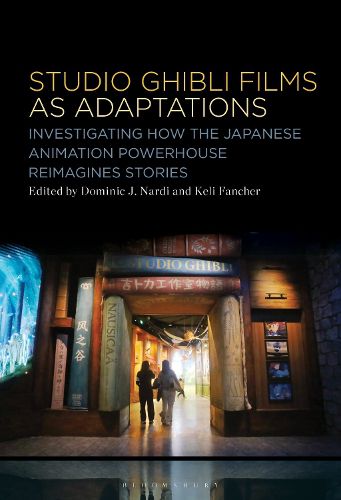Readings Newsletter
Become a Readings Member to make your shopping experience even easier.
Sign in or sign up for free!
You’re not far away from qualifying for FREE standard shipping within Australia
You’ve qualified for FREE standard shipping within Australia
The cart is loading…






This collection investigates how Hayao Miyazaki, Isao Takahata, and other Studio Ghibli storytellers have approached the process of reimagining literary sources for animation.
Studio Ghibli is renowned for its original storytelling in films like My Neighbor Totoro, but many of its most famous films, including Howl's Moving Castle and Ponyo, have their origins in pre-existing novels, manga, or fairy tales. Studio Ghibli's adaptations seldom directly translate source material to animation, but instead transform the works to incorporate themes or imagery central to the studio's sensibilities. Studio Ghibli Animation as Adaptations explores how these adaptations often blur genre boundaries and raise questions about what constitutes fidelity to source material. The collection also shows how the studio reinterprets and recontextualizes stories across cultures for Japanese audiences and across mediums like manga.
$9.00 standard shipping within Australia
FREE standard shipping within Australia for orders over $100.00
Express & International shipping calculated at checkout
This collection investigates how Hayao Miyazaki, Isao Takahata, and other Studio Ghibli storytellers have approached the process of reimagining literary sources for animation.
Studio Ghibli is renowned for its original storytelling in films like My Neighbor Totoro, but many of its most famous films, including Howl's Moving Castle and Ponyo, have their origins in pre-existing novels, manga, or fairy tales. Studio Ghibli's adaptations seldom directly translate source material to animation, but instead transform the works to incorporate themes or imagery central to the studio's sensibilities. Studio Ghibli Animation as Adaptations explores how these adaptations often blur genre boundaries and raise questions about what constitutes fidelity to source material. The collection also shows how the studio reinterprets and recontextualizes stories across cultures for Japanese audiences and across mediums like manga.